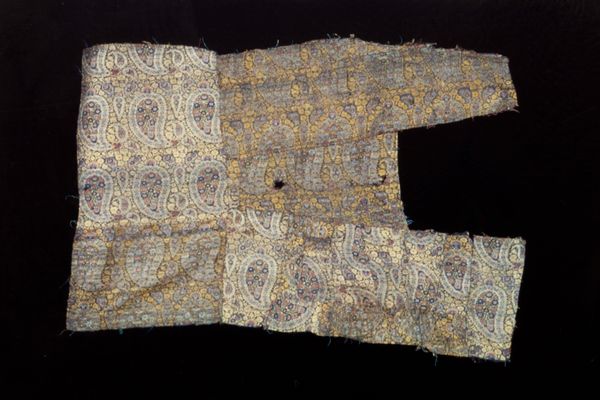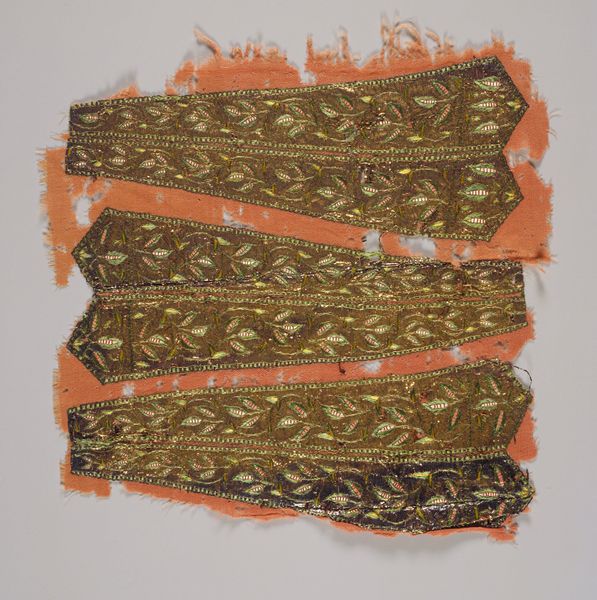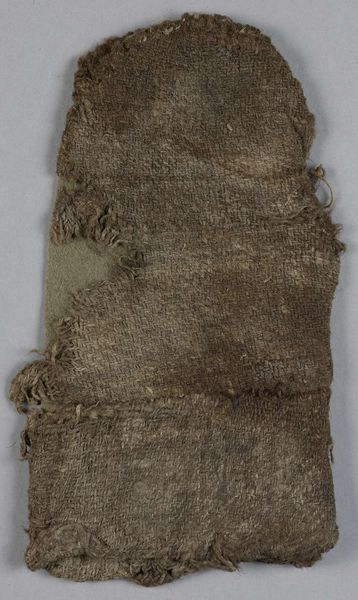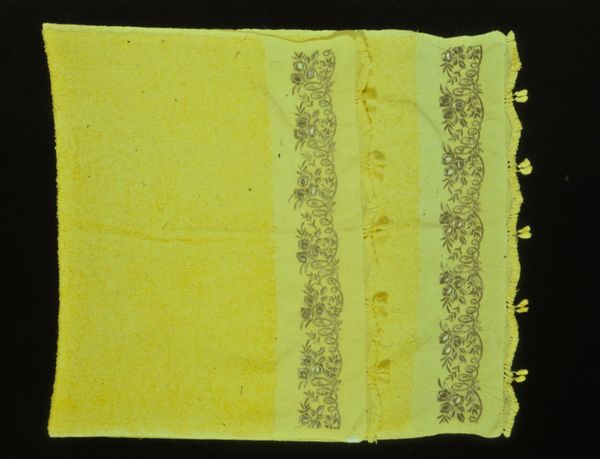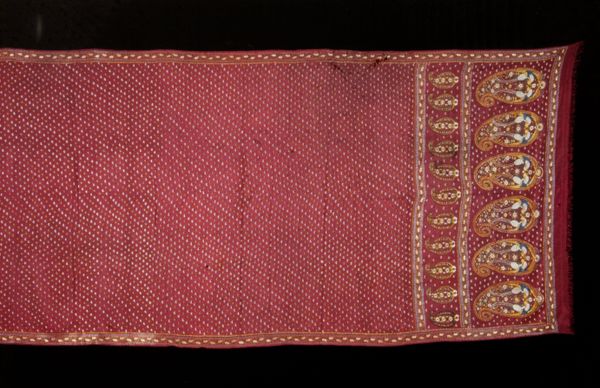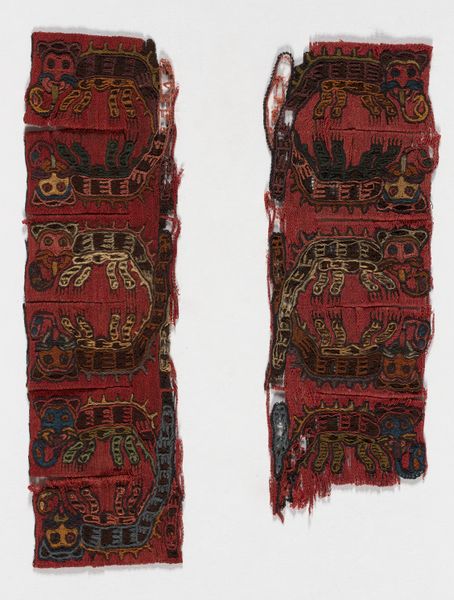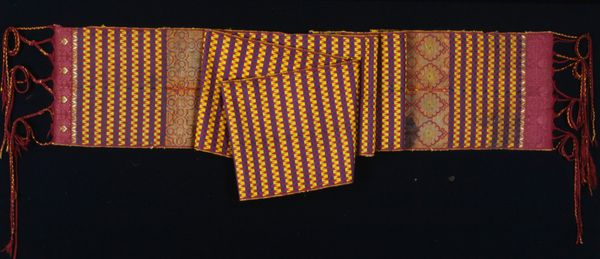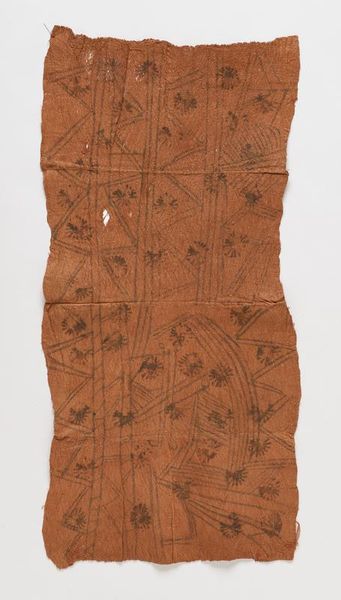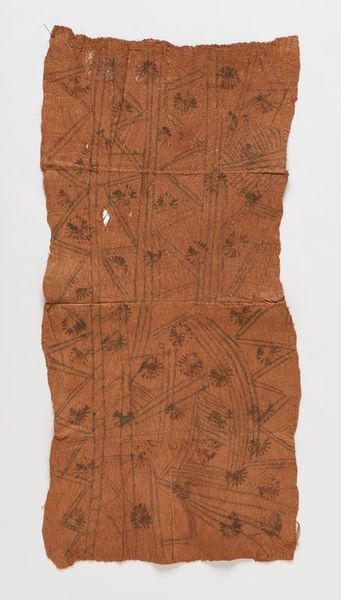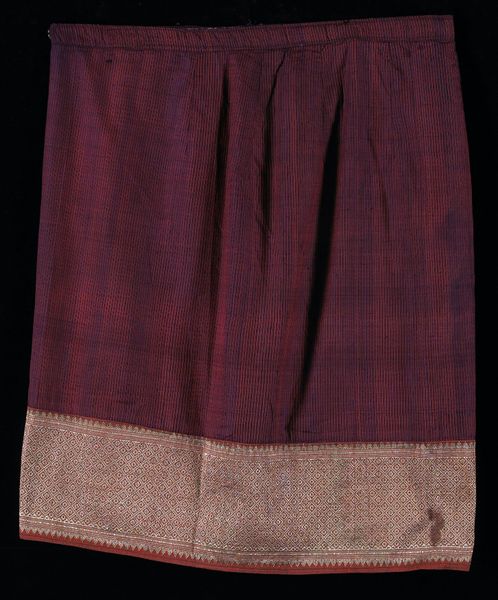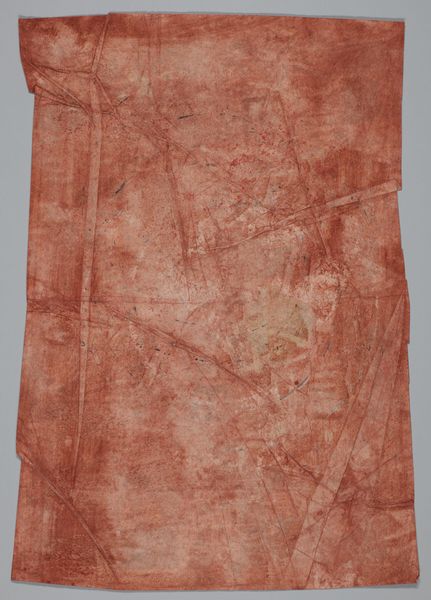
fibre-art, weaving, textile
#
fibre-art
#
weaving
#
textile
#
indigenous-americas
Copyright: Public Domain
These tassels were woven by the Nazca people of ancient Peru. Living in the arid coastal region, the Nazca flourished between 100 BCE and 800 CE, leaving behind a legacy of intricate textiles and pottery. Textiles in Nazca society weren't just decorative, they were deeply embedded in social, and religious life. Weaving was a sacred act, primarily performed by women, connecting them to the divine and to their ancestors. The geometric designs here likely held symbolic meanings, possibly related to cosmology, agriculture, or social status. The survival of these tassels offers a tangible link to a culture that valued artistry and craftsmanship. Preserved by the desert climate, they speak to us across centuries. They remind us that art is not separate from life but is woven into the very fabric of human experience.
Comments
No comments
Be the first to comment and join the conversation on the ultimate creative platform.

